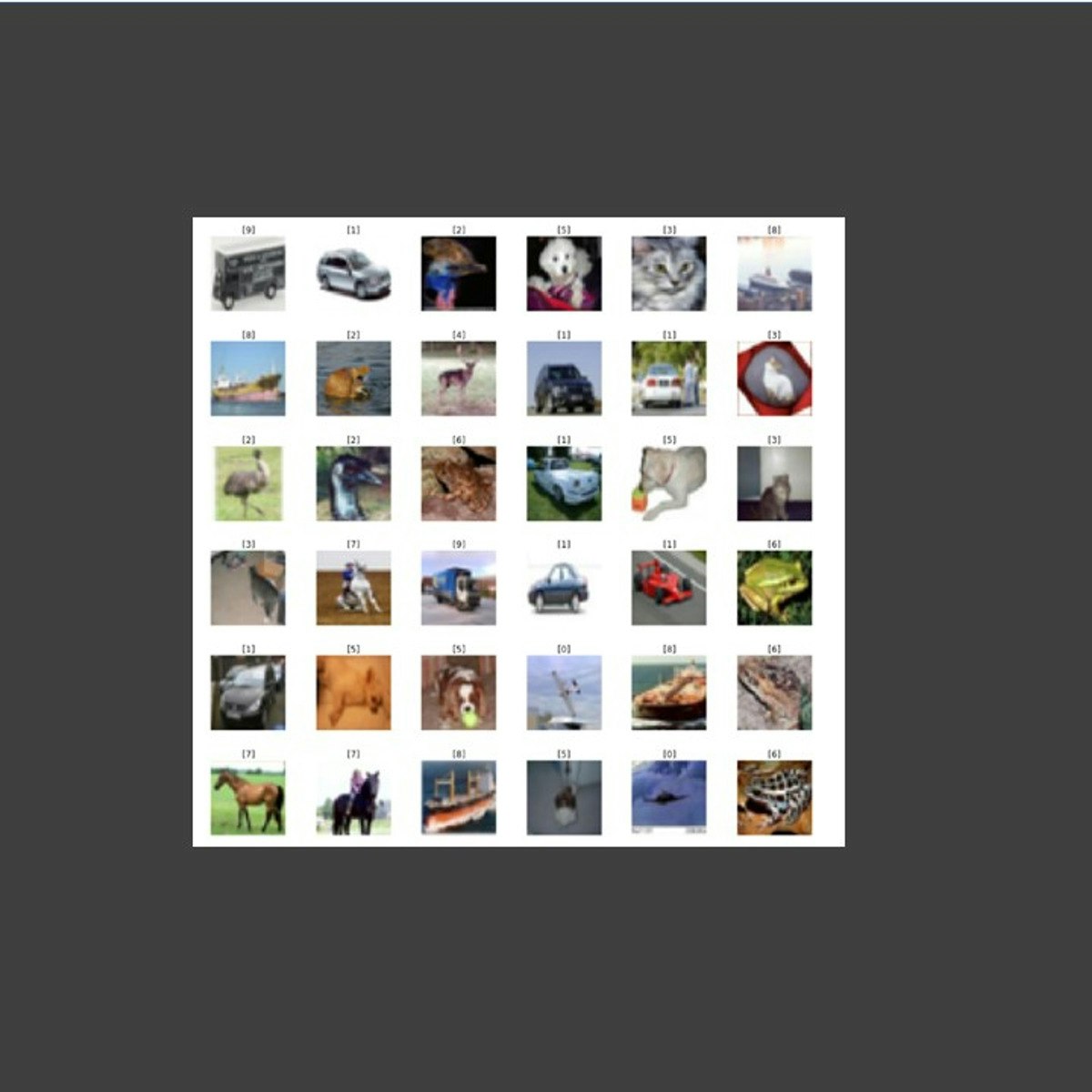
In this guided project, we will build, train, and test a deep neural network model to classify low-resolution images containing airplanes, cars, birds, cats, ships, and trucks in Keras and Tensorflow 2.0. We will use Cifar-10 which is a benchmark dataset that stands for the Canadian Institute For Advanced Research (CIFAR) and contains 60,000 32x32 color images. This project is practical and directly applicable to many industries.
What's inside
Syllabus
Good to know
Save this course
Activities
Seek guidance from experienced professionals in the field
Show steps
Gain valuable insights and support from experts who can provide personalized guidance and advice.
Browse courses on
Mentorship
Show steps
-
Identify potential mentors who have experience in deep neural networks and image classification
-
Reach out to these individuals and express your interest in mentorship
-
Meet with your mentor regularly to discuss your progress and seek advice
-
Follow the guidance and feedback provided by your mentor
Join a study group or online forum
Show steps
Connect with other students to share knowledge, discuss course material, and clarify concepts.
Show steps
-
Search for study groups or online forums related to deep neural networks
-
Join a group that aligns with your learning style and schedule
-
Participate in discussions, ask questions, and share your insights
-
Collaborate on projects or assignments with other members of your group
Build a deep neural network from scratch
Show steps
Deepen your understanding of neural network architecture and gain practical experience in building and training models.
Browse courses on
Neural Network Architecture
Show steps
-
Design the architecture of your neural network, including the number of layers, nodes, and activation functions
-
Implement the network using Keras and Tensorflow 2.0
-
Train and evaluate your model on the Cifar-10 dataset
-
Optimize the hyperparameters of your model to improve its performance
-
Document your code and share it on GitHub
Show all three activities
Seek guidance from experienced professionals in the field
Show steps
Gain valuable insights and support from experts who can provide personalized guidance and advice.
Browse courses on
Mentorship
Show steps
- Identify potential mentors who have experience in deep neural networks and image classification
- Reach out to these individuals and express your interest in mentorship
- Meet with your mentor regularly to discuss your progress and seek advice
- Follow the guidance and feedback provided by your mentor
Join a study group or online forum
Show steps
Connect with other students to share knowledge, discuss course material, and clarify concepts.
Show steps
- Search for study groups or online forums related to deep neural networks
- Join a group that aligns with your learning style and schedule
- Participate in discussions, ask questions, and share your insights
- Collaborate on projects or assignments with other members of your group
Build a deep neural network from scratch
Show steps
Deepen your understanding of neural network architecture and gain practical experience in building and training models.
Browse courses on
Neural Network Architecture
Show steps
- Design the architecture of your neural network, including the number of layers, nodes, and activation functions
- Implement the network using Keras and Tensorflow 2.0
- Train and evaluate your model on the Cifar-10 dataset
- Optimize the hyperparameters of your model to improve its performance
- Document your code and share it on GitHub
Career center
Machine Learning Engineer
Computer Vision Engineer
Data Analyst
Artificial Intelligence Engineer
Data Scientist
Data Engineer
Software Engineer
Research Scientist
Business Analyst
Quantitative Analyst
Financial Analyst
Operations Research Analyst
Product Manager
Risk Analyst
Marketing Analyst
Reading list
Share
Similar courses
OpenCourser helps millions of learners each year. People visit us to learn workspace skills, ace their exams, and nurture their curiosity.
Our extensive catalog contains over 50,000 courses and twice as many books. Browse by search, by topic, or even by career interests. We'll match you to the right resources quickly.
Find this site helpful? Tell a friend about us.
We're supported by our community of learners. When you purchase or subscribe to courses and programs or purchase books, we may earn a commission from our partners.
Your purchases help us maintain our catalog and keep our servers humming without ads.
Thank you for supporting OpenCourser.



